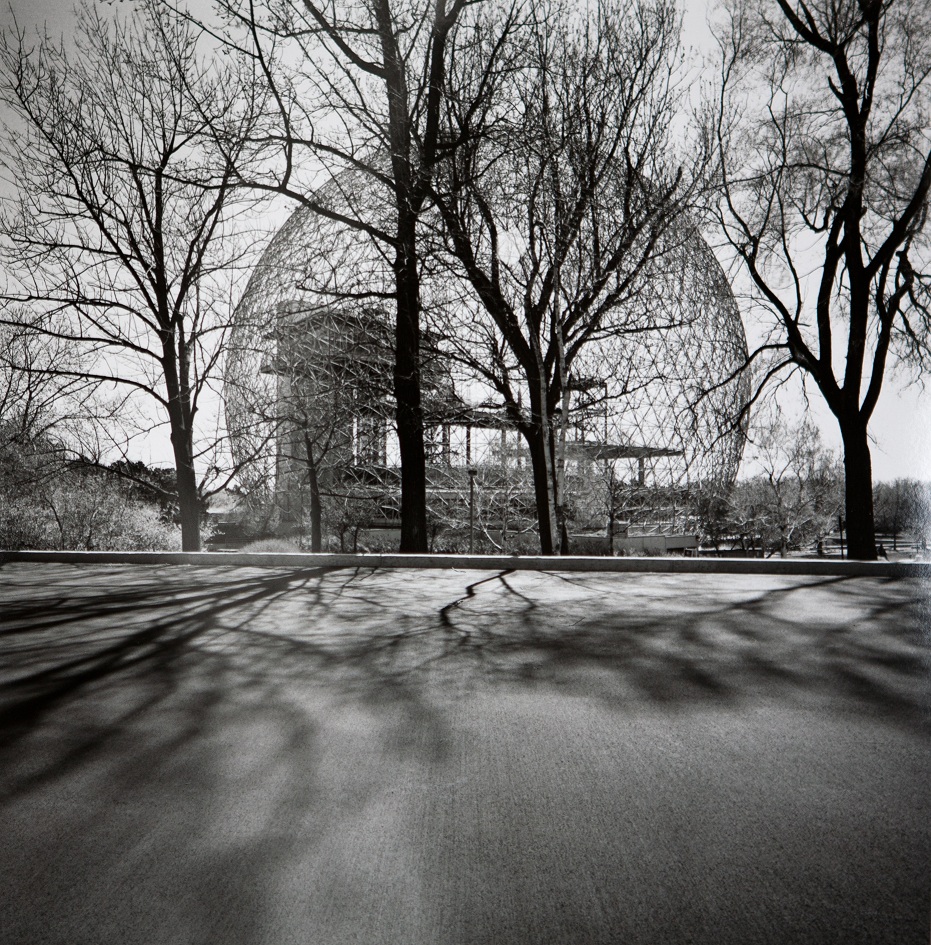
Architects are part of that rare breed of people who make for interesting case studies, simply because of their combination of attributes. The opposition of the artistic and rational views that spur their creativity is enough to fascinate just about anyone.
Go for a walk with an architect and you’ll be amazed by how much more they see than you. Much like artists, they have one key element that escapes the rest of us and that is vision.
Sublime Cities, the newest McCord Museum exhibit showcasing urban photography by internationally renowned photographer Mimmo Jodice, is a testament to that vision.
For those of you who have never heard of him, Jodice has an honorary doctorate in architecture from the University of Naples Federico II and has had close to 30 solo photography exhibits throughout his career. His reputation is built partly on his particular technique, a combination of the use of the gelatin silver process and image digitization. The gelatin silver process is often used to develop black and white photography. Silver salts are applied in gelatin to film or resin-coated paper that is sensitive to light, but can be developed at any time.
Jodice was the first ever photographer to win the Feltrinelli Prize in 2003, a prize awarded by the Accademia Nazionale dei Lincei to individuals for their extraordinary achievements in the arts. Last year, he was commissioned by the Louvre in Paris and given “carte blanche” to create an exhibit of his choice for the museum.
As an exhibit, Sublime Cities focuses primarily on photographs that Jodice has taken over the years that “conjure the aspects of aesthetics of the sublime,” according to the museum’s descriptor. The photographs being showcased are from a variety of major cities across the world. Jodice’s obsession with urban areas is immediately obvious from these photographs. All the images convey a profound love of the cities they were taken in.
“I don’t always choose the cities. It’s rather the cities choosing me,” he says, in the interview featured at the exhibit.
Observers will also be quick to notice Jodice’s subtle signature in all his prints. He’s a photographer on a quest to frame the ultimate photograph. We see Paris through camera lenses splattered with rain, New York skyscrapers through the penthouse view of someone’s apartment, and the famous Gondola Docks in Venice crowded and mysterious with fog. In other words, Jodice leaves us with the impression that his photography is something of a quiet contemplation of the cities.
The pictures of Montreal are probably the most fascinating, in the sense that we can’t help but be curious about our own city. In a video interview displayed at the end of the exhibit, Jodice says it himself: Montreal is fascinating for the “ongoing relationship between small European houses and the new architecture, the contemporary architecture.”
The dozen stills of our city include the abandoned Olympic Stadium, as well as mysterious stills of the Biosphere, hiding behind a row of trees, almost like a quiet reminder of what it was during Expo 67. Museum goers will also find unrecognizable pictures of the Old Port, which look so European that one could easily confuse them with Paris or Milan. In fact, that’s probably the only unfortunate critique for this exhibit: the 30 or so prints in the exhibit often seem overwhelming in the open space that was allocated by the museum. One feels as though more guidance or pacing would have assisted the viewer.
Jodice collaborated with a slew of well-known artists, including such greats as Andy Warhol and Sol LeWitt. His allure lies in the fact that he remains current in a day and age where most giants of the art world have already come and gone.
Mimmo Jodice’s Sublime Cities runs at the McCord Museum until March 10, 2013. For more information visit www.mccord-museum.qc.ca



